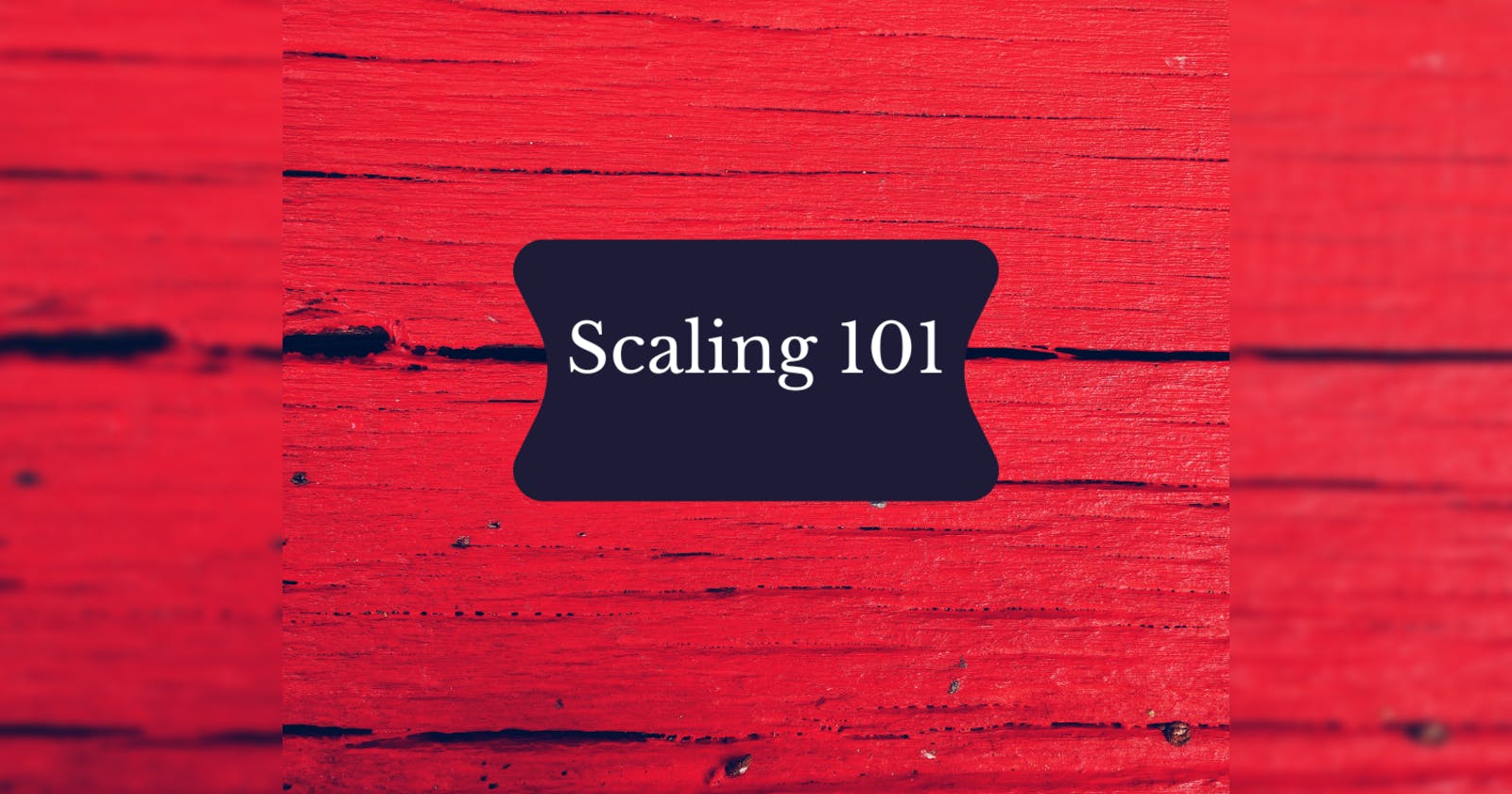Introduction
In today's fast-paced digital landscape, scalability is an important factor for ensuring that systems can handle increasing workloads and growing demands effectively. Two primary approaches to scalability are horizontal scaling and vertical scaling.
Horizontal scaling(scale out) involves adding more instances or servers to distribute workload while Vertical Scaling(scale up) involves increasing the resources of existing instances or servers to handle higher workloads.
Let's understand Scaling! Scaling refers to a system's ability to handle increasing workloads without causing any disruptions to the application.
Horizontal Scaling
Horizontal Scaling refers to adding additional nodes to a system to distribute the workload. Here, workloads can be divided and processed independently across multiple servers. It offers improved fault tolerance and scalability, as adding more servers increases the system's capacity to handle more requests without overburdening any single server. Horizontal Scaling supports seamless expansion, allowing businesses to easily accommodate additional incoming traffic without any disruptions to the application.If a website is hosted on a server is not able to handle incoming traffic then a better solution would be to add one more server as this would handle additional incoming traffic.
Here, Managing data consistency, user authentication information across large number of systems can be challenging. Ensuring that information is consistent and accessible across multiple servers requires careful design and implementation.
Vertical Scaling
Vertical Scaling refers to adding more resources like CPU, RAM, Storage to existing nodes/servers to effectively handle higher workloads. In simple words, Vertical Scaling is like upgrading machine’s processor. Here, the server becomes more powerful as it could handle larger amounts of data. Vertical scaling is simple to implement and easy to maintain as there is only one instance.
It is always limited by maximum capacity of server hardware, and cannot upgrade beyond its capacity. As vertical scaling relies on single server, any disruption to the hardware might impact entire application.
Conclusion
Horizontal and Vertical Scaling each has its own benefits and downsides. Horizontal is fault tolerant, scalable, easy to maintain and provide seamless expansion to accommodate growing demands
On the other hand, vertical Scaling looks so simple as its just about adding more computing power. However it is limited by capacity constraints and potential to single point of failure.
